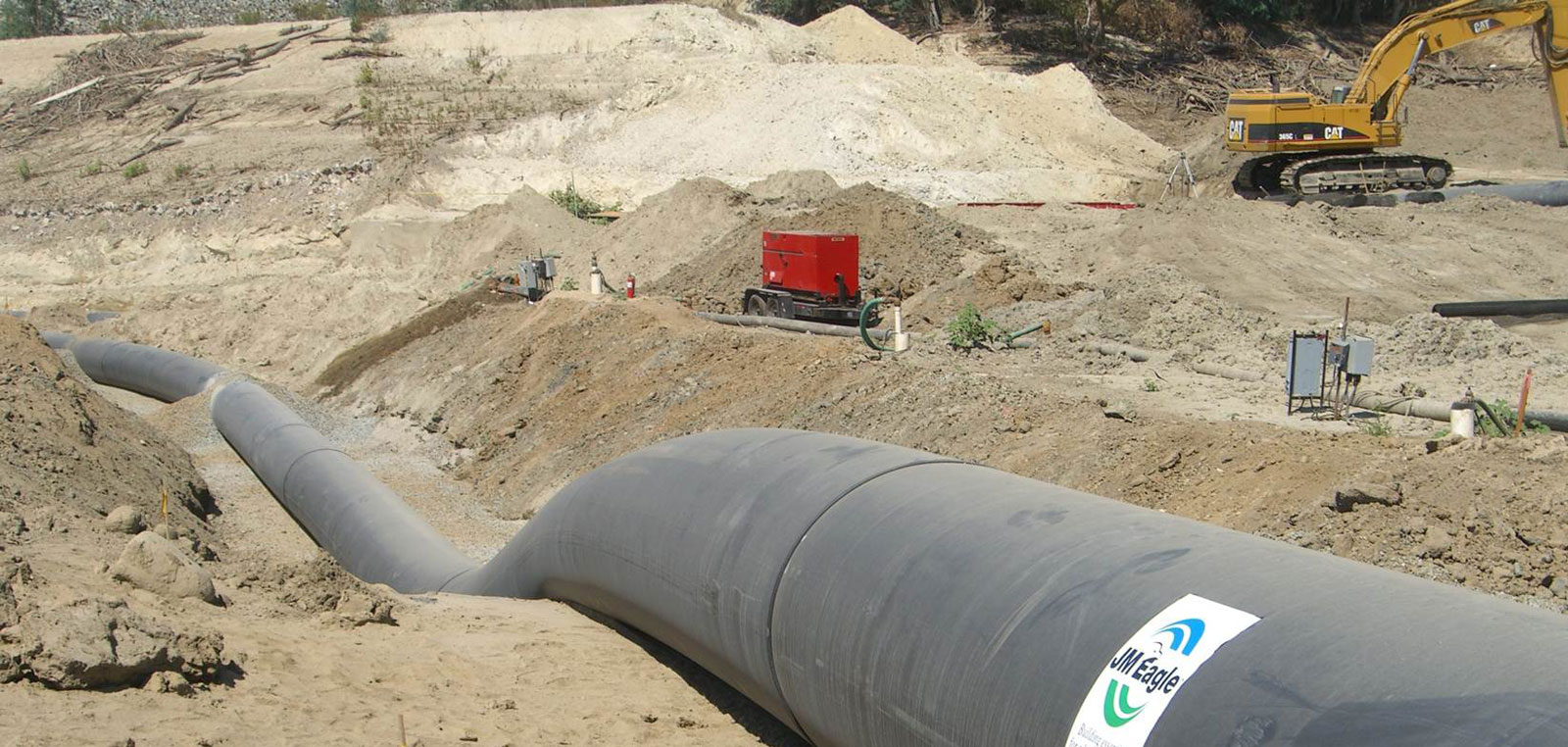
Clean Water Wanted: Contaminated Wells And The Legacy Of Fossil Fuel Extraction
“You seen that one with the tombstone up there?” seven-year-old Timothy Easterling asks, looking toward the grass just uphill from his home. “That’s my papaw.”
Timothy’s grandfather Chet Blankenship died in 2016, at age 69. Blankenship lived on land he and his family have long owned at the end of a road atop Bradshaw Mountain in McDowell County, West Virginia. His hand-painted tombstone sits in the grassy patch above the family homes.
Blankenship’s daughter Melissa Easterling now lives in the house next door with her husband, Chauncy Easterling, who grew up on a nearby ridge. They live together with their son Timothy, and usually one or two foster children.
Chet Blankenship died from kidney failure soon after his family started noticing odd colors and smells in their well water. After he died, they got their water tested, and learned that arsenic was among the contaminants that had seeped into their well. The National Institutes of Health links high arsenic exposure to a range of kidney diseases.
The family can’t prove that the arsenic in the water caused Blankenship’s death, and they can’t get firm answers about the contamination in their well and the mining and drilling activity that surrounds their property. But Timothy’s memories of his grandfather reflect the family’s anxiety about the water they depend on.
“One time Chet used it and then he got so sick he just gave up and died, didn’t he?” he asked his mother.
Melissa gently corrected him. “Honey, he didn’t give up. It just — he had to go.”
Timothy thought for a moment, then quietly chimed back in, “He used to be my papaw.”
Read more here: https://bit.ly/2uMUFFR
